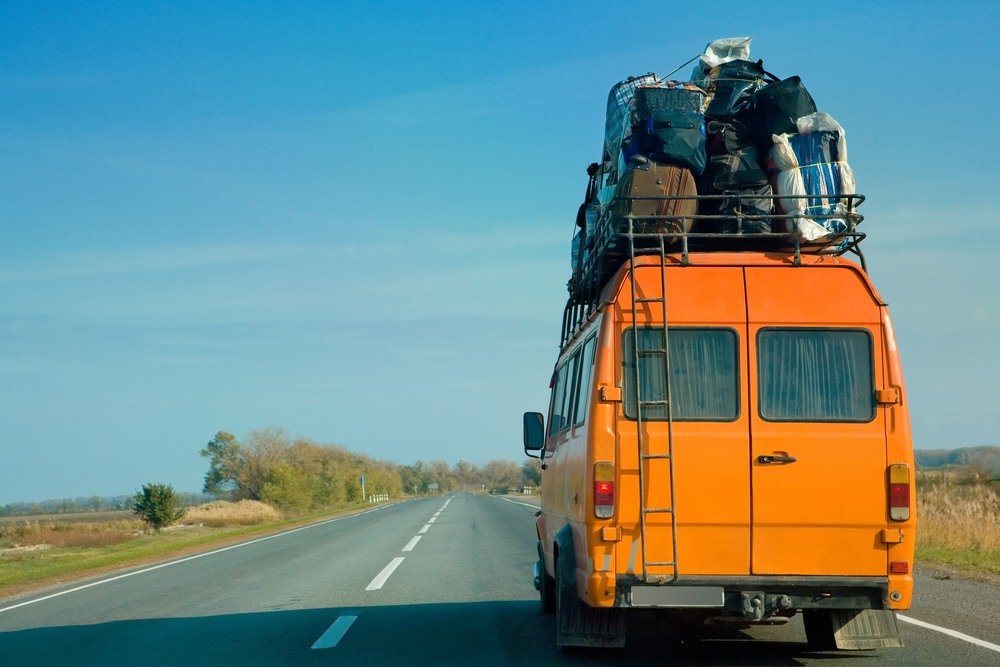5 Ideas to Save Energy On Your Home When Travelling

Going away for a while? Security, fire, and floods are typically among the top concerns on the traveler’s mind. As energy costs rise and we become more aware of our carbon footprint, we also think about those meters attached to the side of our houses. Gas, electric, oil, and alike, have entered our traveling consciousness. Understanding how your home consumes energy can help you prioritize.
Here are five ideas you might consider when planning a trip. They range from old-school tried-and-true practices to some technically advanced applications that are accessible with a modest budget.
1. Programmable Thermostat Settings
Unlike the usual cycling setpoints for your programmable thermostat, you can set a constant temperature for the duration of your trip.
For summer traveling you want your furnace set to a low temperature–a temperature low enough to prevent it from switching on. You want your air conditioning set to a high temperature–a temperature high enough to prevent it from switching on. Pretty simple right? Use the same general philosophy for winter scenarios, with high and low settings appropriate for the season. This is simpler and more convenient that than shutting systems off.
2. Water Heater
In terms of energy consumption, this is a pretty big deal. Your water heater can represent 15-20% of your bill!
Since no domestic hot water is needed while you’re away, there’s no need to maintain a hot water supply. Turn off the water heater and let the tank settle to ambient room temperature. If you have an electric water heater, just switch it off at the breaker. If you have a gas water heater, switch it to the “pilot” setting. Pilot lights can be snuffed out too. As with your furnace and air conditioning, you also have the option of adjusting temperature settings appropriate for the season.
Note: When you return home and your water heater is shut off, give it about 45 minutes to recover.
3. Unplug Nonessential Devices
Individually, they don’t draw much power. However, for some of us, a quick inventory of chargers and other power supplies will reveal a significant energy draw when they’re all plugged in around the clock. Check every receptacle before leaving the house and make sure these “vampires” are kept from causing unnecessary energy consumption while you’re away.
4. Give your refrigerator a vacation
As far as appliances go, refrigerators are among the biggest consumers of energy. Treat it the same way you would your heating/cooling systems. Clear out your fridge and select the highest temperature setting.
Take it a step further for bigger savings by turning off your refrigerator altogether. If that’s your plan, remember to prop the door open, place a dish in each section, and fill them with baking soda. This will help keep it fresh and free of mildew.
5. Programmable lighting
So, here’s an area of energy-saving technology which overlaps with home security. It’s been a common practice to leave a light on and keep would-be thieves guessing about whether someone is home.
Typically, the light stays on for as long as the homeowner is away. Those days are long gone. People now use timers for their lights. It reduces power and gives a more realistic impression.
Take it a step further and use an application for your phone. Turn lights, appliances, and almost anything else on and off from your smartphone. Forgot to shut off a light? No problem. There’s “an app for that.” As the market matures, it becomes a viable option for a modest budget.
These five methods will help minimize your energy costs while you’re away. There are more, but these are among the best in terms of cost reduction and convenience. Enjoy your trip, take lots of pictures, and don’t worry about your home!


